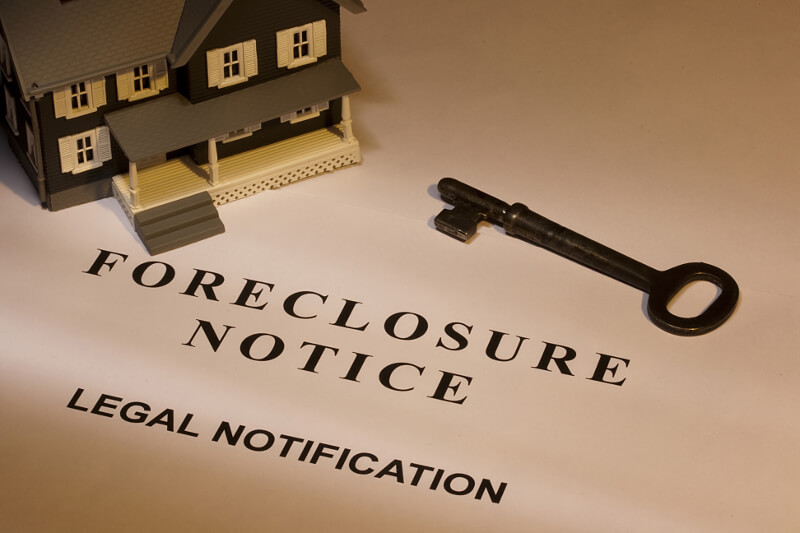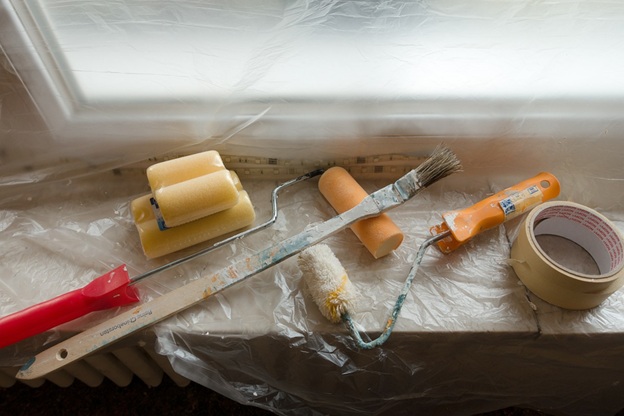For seniors looking for a new venture, house flipping offers a compelling blend of creativity…

If you are trying to keep your home out of foreclosure, there’s good news. You’ve got a few options to stop the foreclosure and save your home.
Understanding Foreclosure
Foreclosure is the legal process that a lender must pursue to claim ownership of your home when you have not met the terms of your mortgage. Each state has specific laws in place to protect both the lender and the property owner in the case of foreclosure.
Your mortgage is a secured loan. This means that when the bank approved your loan, you agreed to secure the loan with your home. If you default on the payments, the bank can file for foreclosure to take the home. Unless your mortgage states otherwise, missing one payment could mean that you are in default and the bank can initiate foreclosure proceedings. Under federal law, however, the lender has to wait 120 days before pursuing formal foreclosure on a home.
You Have Options
The most important step to take to keep your home out of foreclosure is to contact your lender. This is often the most difficult step, but if you are behind on your mortgage payments, your lender can and will help you. Keep in mind that if you are less than 30 days behind on your payments, it is unlikely that it will affect your credit. After 30 days, however, your lender will likely report the delinquent payment to the credit-reporting agencies. Once this information hits your credit report, your credit score will likely go down and this will start to affect your ability to secure future credit services.
Try To Refinance
If you’re still in relatively good standing with your bank, ask about refinancing. A new loan with new terms, a new interest rate, and a new monthly payment will completely replace your existing loan. Your monthly payment could be hundreds of dollars less per month. A refinanced loan will have no negative effect on your credit and is a great option to avoid foreclosure.
Ask About Forbearance
Ask your lender to allow you time to make up your missed payments. This is a temporary contract that covers specific terms, including dates of suspension and re-instatement. You should only enter a forbearance agreement if you know that you will be able to honor its terms and bring the loan current by the agreed-upon date.
Consider A Repayment Plan
Your lender may agree to a repayment plan that adds your past due payments into your existing loan over a specified period of time. This is much less damaging to your credit score than foreclosure. If you are able to honor the new term, the lender considers your loan current and you will not face foreclosure.
Ask About Debt Forgiveness
It rarely happens, but sometimes lenders will forgive a payment or two and allow you to continue with your regular payments. It might be a long shot, but it’s worth asking about. Depending on your history with your bank, your relationship with your loan officer, and how far behind you are on payments, it could work for you.
Make A Separate Loan
In some cases, your lender will draft a new loan for the amount in default. You will have to meet specific criteria to qualify for this, but it will resolve your mortgage problem and get you back on track.
The Bottom Line
Don’t wait for your bank to contact you about your past due mortgage. The bank has many tools available to assist all homeowners. Schedule a time today to speak with a loan representative to discuss your options to keep your home out of foreclosure.


